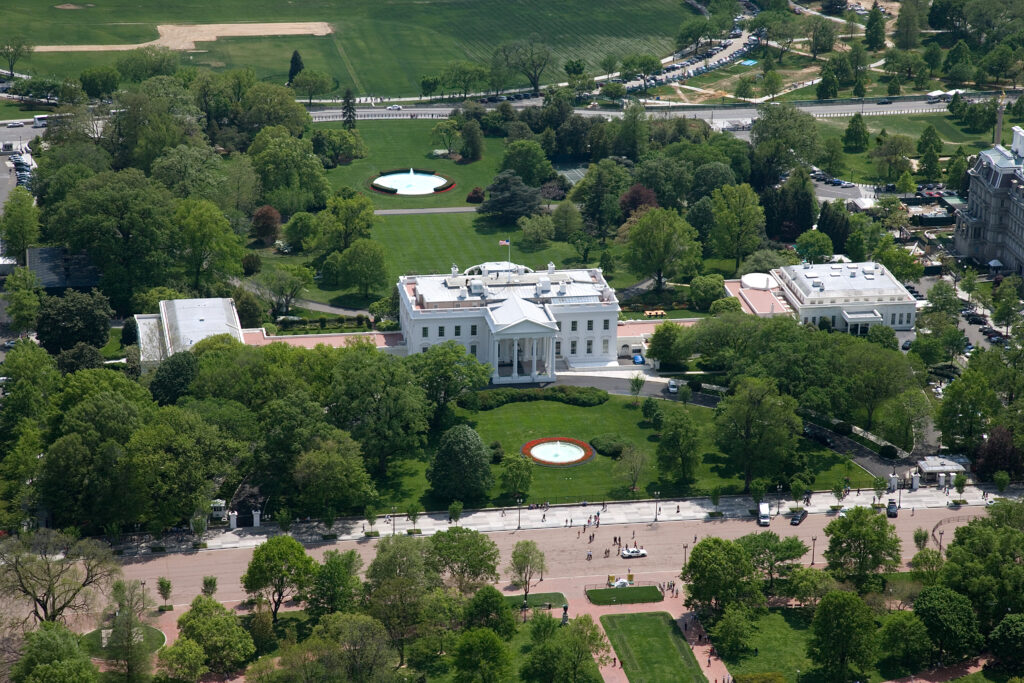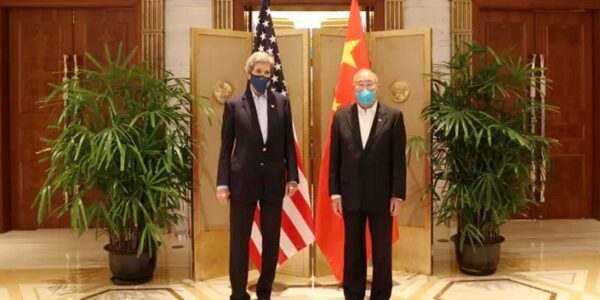Clash over US HFC regulations
- PostedPublished 17 July 2020
The United States Environmental Protection Agency (EPA) is being sued for rolling back hydrofluorocarbon (HFC) leak prevention and repair requirements from 2016.
The lawsuit, filed by the international non-profit Natural Resources Defense Council (NRDC), is hoped to prevent the move as part of ongoing efforts to ease the climate crisis.
HFCs are extremely powerful greenhouse gases and contribute considerably to global warming, so reduced monitoring and leak prevention could cause significant environmental damage.
“This rollback makes no sense, except to the Trump EPA in its unrelenting drive to put polluters ahead of people,” said David Doniger, senior strategic director of the climate and clean energy program at the NRDC.
“The EPA would rather allow these easily prevented HFC emissions equal to carbon pollution from 625,000 cars hit the atmosphere every year, than require technicians take reasonable steps to find and fix leaks.”
Originally, the Obama administration’s rules had sensibly applied the same leak-prevention requirements for ozone-depleting chlorofluorocarbon (CFCs) refrigerants to HFCs.
In February, however, the Trump administration finalised a “baffling” rollback of this regulation.
Among those supportive of the move were numerous organisations, including a coalition consisting of companies such as Boeing, BP America, Intel and Procter & Gamble.
At the time, the NRDC estimated that the rollback would cause additional carbon emissions equivalent to those of one million cars while saving the entire industry a total of just $24 million ($A35 million) a year.

Spread over the thousands of businesses affected, the individual saving would be a pittance.
The new filing against the Trump administration’s EPA follows another victory in the NRDC in April, which resulted in the same administration being forced to reinstate HFC usage limits.
In 2015, the EPA had removed a range of HFCs from its approved chemicals list for various sectors, due to chemicals’ high global warming potential.
Subsequent lawsuits from chemical companies resulted in this legislation being partially overturned but, in 2018, new “guidance” from the EPA suspended the HFC regulations entirely. Thanks to the NRDC’s actions, those rules have now been reinstated.
“The court’s decision restores common-sense restrictions on HFC use that EPA had illegally removed,” said Peter DeMarco, attorney at the Natural Resources Defense Council.
“EPA must ensure that, as companies complete their transition away from ozone-depleting substances, they switch to alternatives safer than climate-polluting HFCs.”
The NRDC has now filed 112 lawsuits against the Trump administration. So far, 72 cases have been settled – and the NRDC has won 90 per cent of them.
Overall GHGs fall in Japan but HFCs rise
GREENHOUSE gas emissions are continuing to fall in Japan, according to a report from the Ministry of Environment and the National Institute for Environmental Studies.
The report states that total greenhouse gas (GHG) emissions in the fiscal year 2018 fell by 3.9 per cent compared with FY 2017.
This is primarily attributed to a drop in energy-related carbon dioxide emissions resulting from low-carbon electricity and reduced usage.
Total GHG emissions in Japan have fallen from a peak of 1410 megatonnes of CO2 equivalents (MtCO2eq) in 2013 to 1240Mt in 2018.
However, the report shows that hydrofluorocarbon (HFC) refrigerant emissions have risen to 2.1MtCO2eq – a 4.7 per cent increase over 2017.
- CategoriesIn SightGlass
- TagsHFC phase down, HFC phasedown, HFCs, SightGlass News Issue 20, United States EPA



